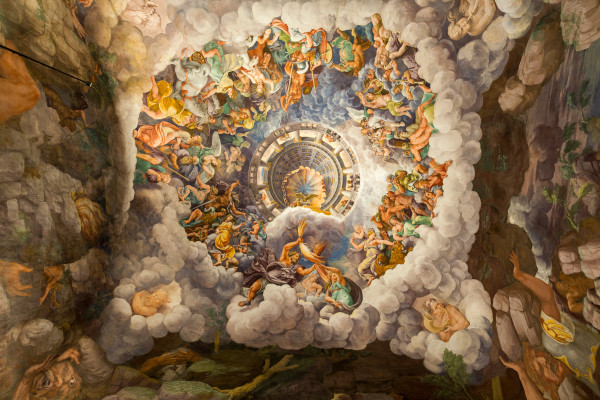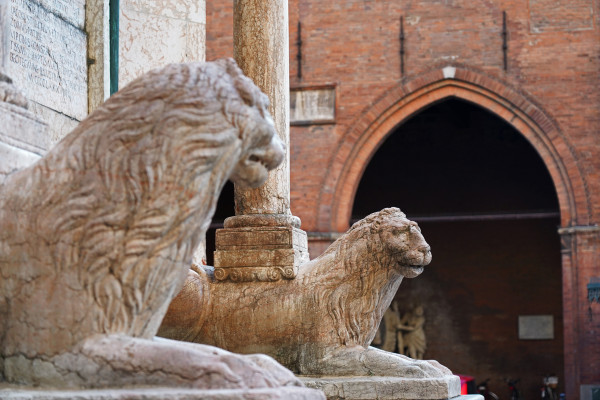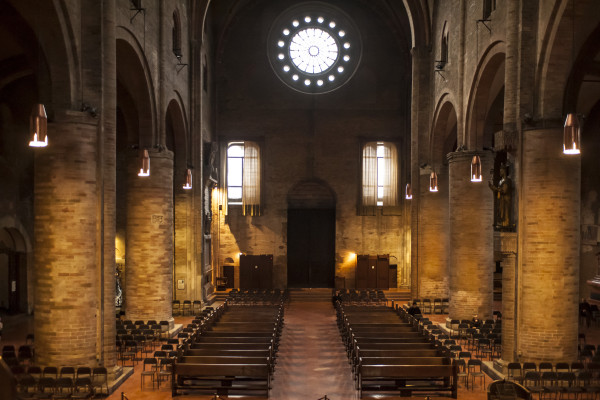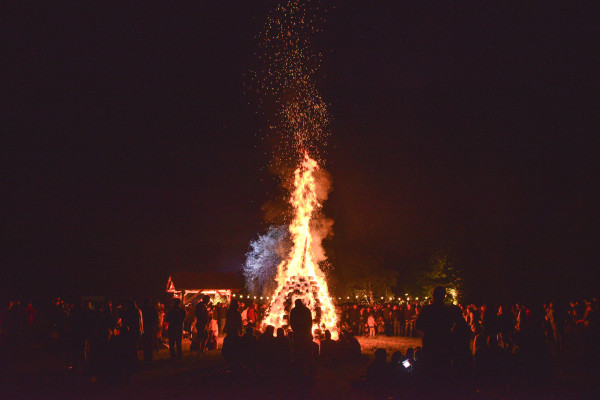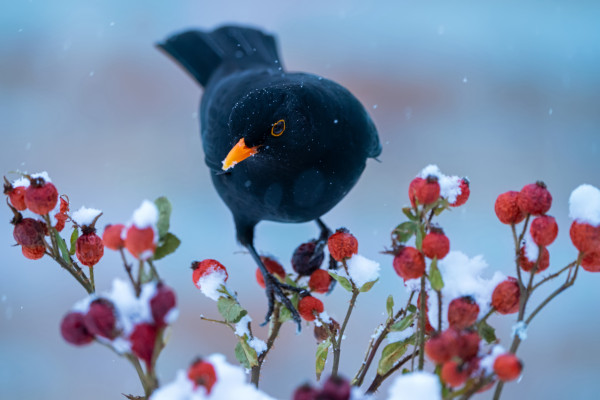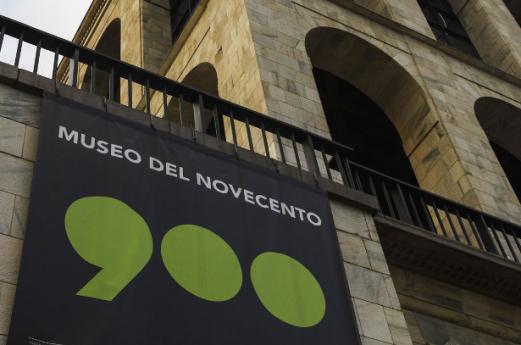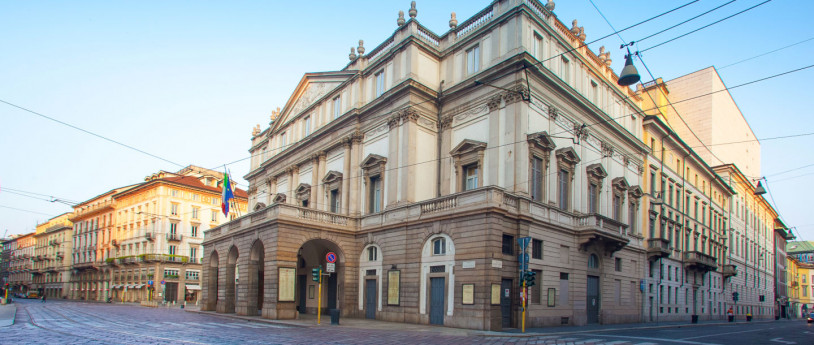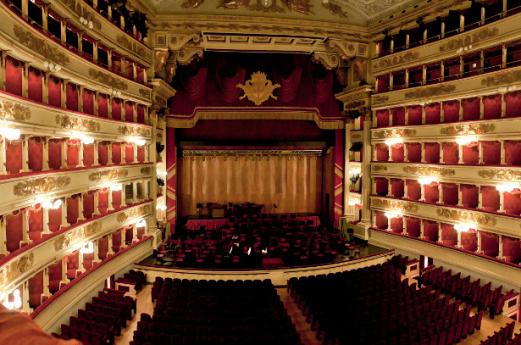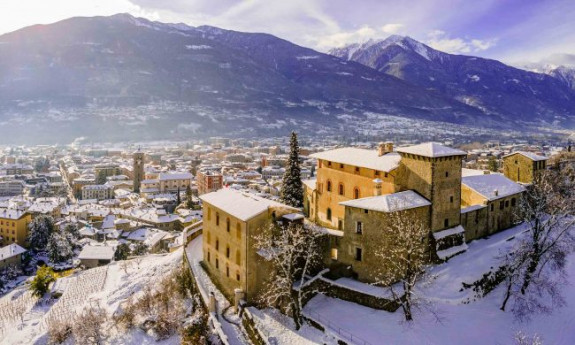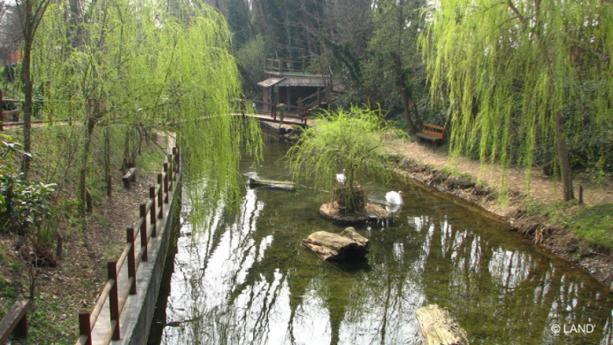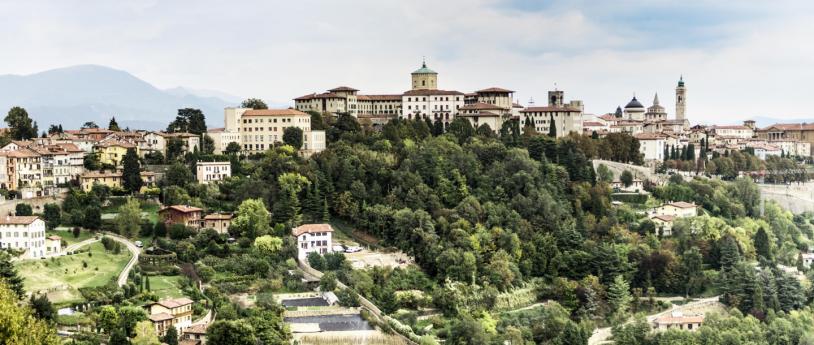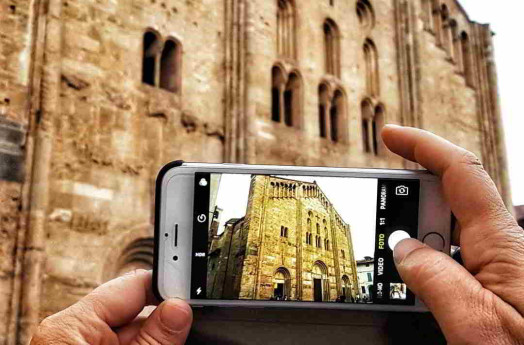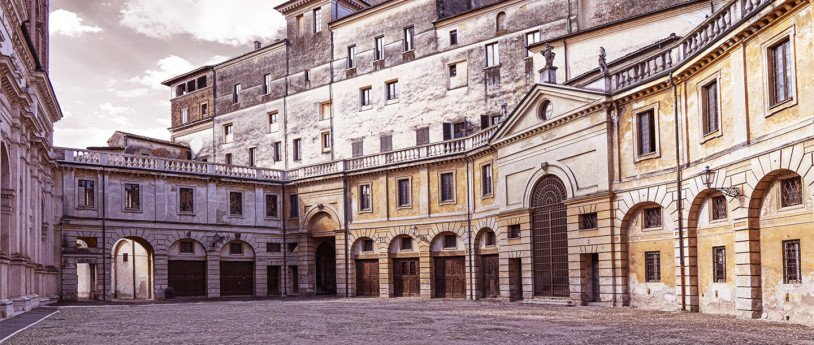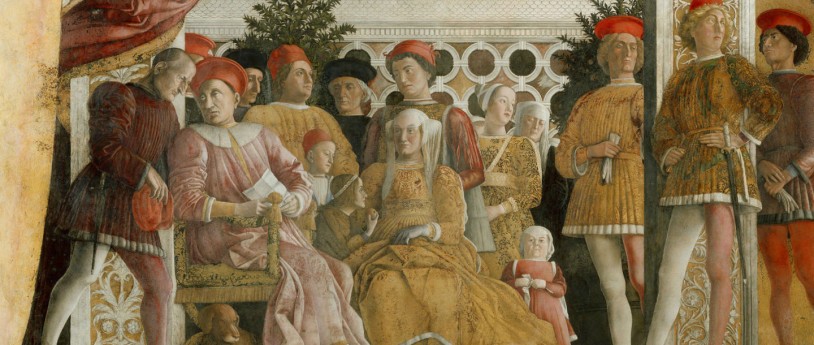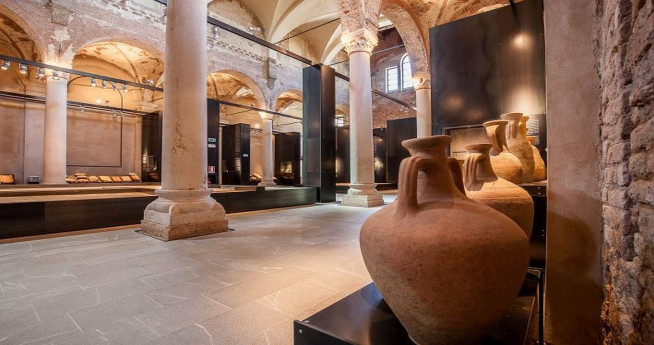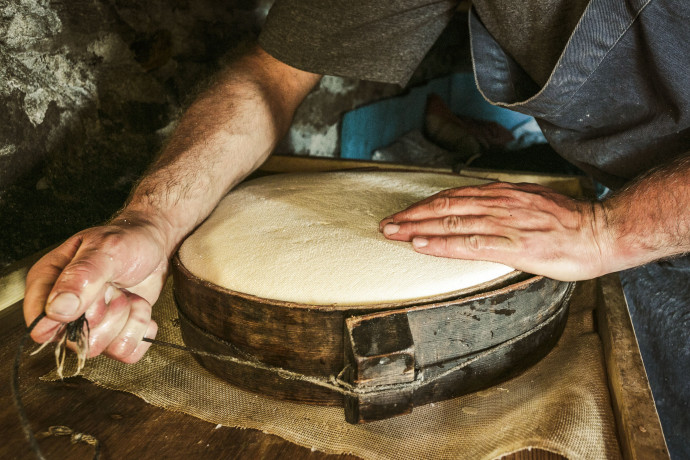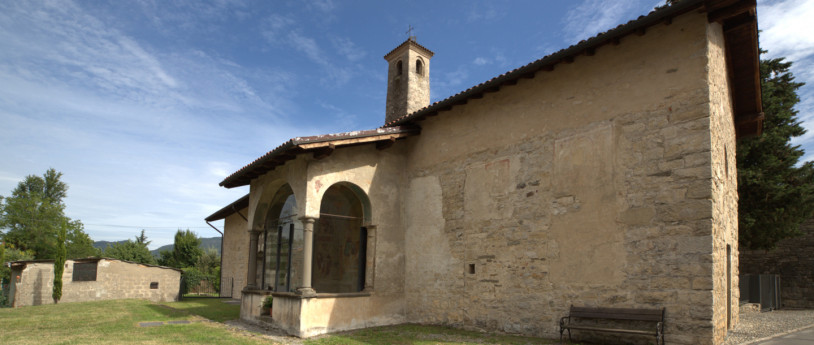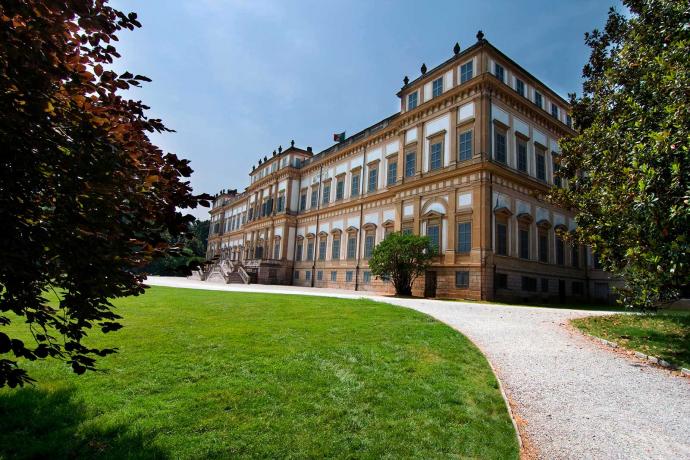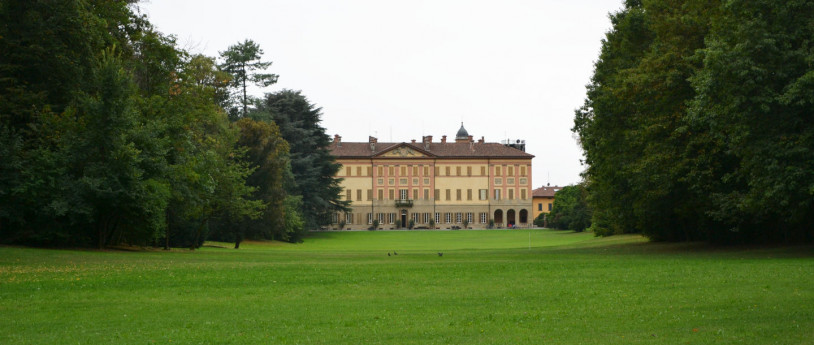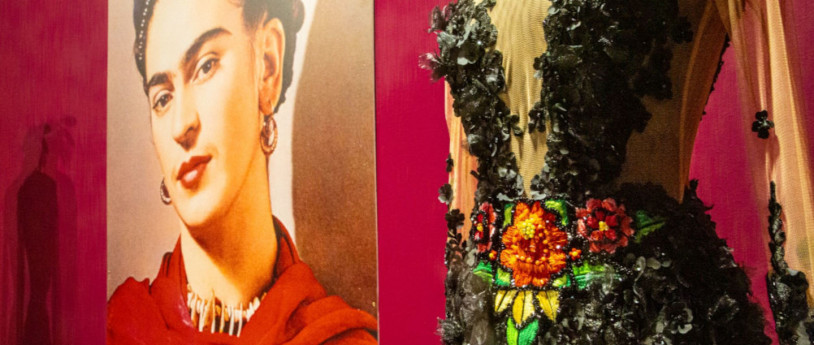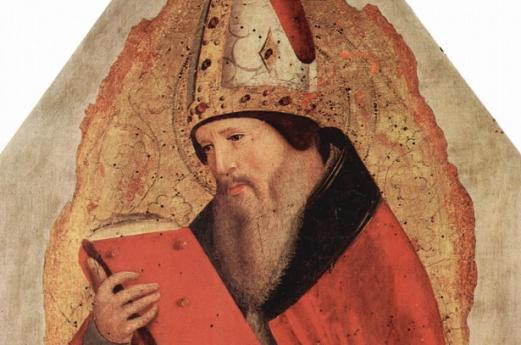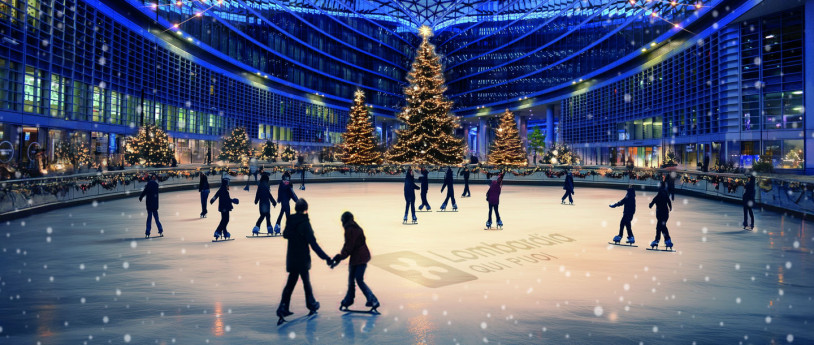- Art & Culture
- Itinerari
Lombardy’s Legends and Traditions
An invitation to take a journey into Lombardy’s folklore, rediscovering seven ancient legends and traditions
With the end of the Christmas period, the new year will be ringing in other stories to tell, and other routes and experiences for you to discover.
There are also ancient traditions and legends, handed down over the generations and for which time never seems to pass. Mythological creatures and occasions that are a fixed part of a collective identity and which maintains its eternal appeal, able to thrill adults and children alike.
The month of January leaves space for the exploration and rediscovery of the symbols for which Lombardy stands out. So as not to forget the general magical air of the festive period and to get the new year off to a great start by finding out about and sharing magical moments, here are seven destinations in Lombardy to take you on a journey through time and folklore.
Giants in Palazzo Te
The Fall of the Giants in Palazzo Te, Mantua, surrounds the visitor with a dreamlike atmosphere, where the bevelled sides of the walls come to life under the impetuous movements of ancient battles. Here, the legend of the Giants who tried to climb Mount Olympus to challenge the gods takes shape in the dizzying vortex of Giulio Romano’s frescoes, The powerful bodies among the turbulent clouds and the proud stares show the hubris of these mythical creatures, destined to succumb to divine lightning.
The circular room offers no point of reference. It is dominated by an illusionist artistic effect, where there is yet more charm in a fascinating artistic trick: if you whisper something into the wall from any part of the chamber, it can be heard by the person listening at the wall on the opposite side. It is said that the fresco may symbolise Charles V’s victory over the protestants, and that it was painted to commemorate the emperor’s visit to Mantua. Whatever the story, these stunning yet terrifying creatures, trapped inside a room, continue to astound and fascinate visitors.
The Lions of Cremona Cathedral
How many lions are standing guard over Cremona Cathedral? There are six to support the columns; two alongside the porch, the corridor with steps leading up to the entrance; two in the porch over the north door of the Cathedral transept, and two at the baptistery door. To this we can add the four smaller lions supporting the columns of the porch loggia, a winged lion on the right capital of the doorway, and one below the horses in the frieze above the Gothic arch of the porch and one on the decorated capital at the foot of the façade. This would seem to take us to thirteen.
And yet, a mediaeval legend mentions a possible fourteenth lion, a real one, in the foundations of the bell tower, the famous Torrazzo. It would seem that after the Longobard siege, Cremona remained uninhabited for many years, until the arrival of a Gallic prince, who encountered an injured lion. A friendship was born and when the lion died, the prince rebuilt the city, placing the animal’s bones at the base of the bell tower.
The Bones of Dragon Tarantasio
Among the hills around Bergamo, in Sombreno, a district of Paladina, there is an ancient sanctuary dedicated to the Virgin Mary. It is not just a place with spiritual charm and enviable views, it is also home to a relic linked to a legendary creature, Dragon Tarantasio. In the centre of the church, hanging from the ceiling, it is possible to observe a mysterious bone, two metres in length and whose origins are unknown.
Local history says that the bone belongs to Tarantasio, a wicked, monstrous serpent who once lived in the swampy Lake Gerundo, between the provinces of Bergamo, Milan, Mantua, Cremona and Lodi. Its presence terrified the inhabitants of the valley and was also responsible for illnesses, plague and death, until a knight defeated the serpent, bringing Tarantasio’s reign of terror to an end.
The bone we see in Sombreno today is not the only one linked to this legend: there are other sacred locations, such as Almenno San Salvatore, in the province of Bergamo, Lodi and Pizzighettone, and in the province of Cremona, which continue to keep this mystery - somewhere between fantasy and reality - alive.
Passages and Secret Rooms in the Cathedral of Lodi
Built on the ashes of the Roman Laus Pompeia and then rebuilt by Frederick Barbarossa in 1158, Lodi is a mysterious, layered city, and still contains inaccessible, hidden spaces. The mysteries are accompanied by the hermetic charm of arcane symbols, found in the stories and legends that cross its surface, as well as its underground.
In recent times, the tunnels and secret passages built for the Sforza family and used by soldiers throughout the 15th century were discovered, adding to the charm of this Secret Lodi. Above and below the city, a labyrinth of cardinal points branches out between the Visconti Castle and Piazza della Vittoria, home to the Broletto, headquarters of the city council, and the Cathedral.
This latter is a treasure trove of secrets, starting with the symbols of the Knights Templar on the large rose of the façade, then on to the secret room belonging to Bishop Pallavicino, which remained inaccessible until the Landsknechts occupied the city, and the disappearance of a mysterious treasure. Exploring the cathedral and discovering its secrets is a new and interesting way to find out about the history of Lodi.
The Giubiana
On the night of the last Thursday in January, in many places throughout the province of Varese, Como and the Brianza area, a puppet made of straw and rags is set alight in a triumph of sparks and flames. This is the bonfire of the Giubiana (or Giobia, according to location), a ritual with roots that go far back into farming traditions. It celebrates the passing of winter and the approach of spring.
The Giubiana is an old female figure, sometimes presented as a witch or a mean old woman who symbolises cold, the harshness of winter, and the deep-rooted fear of the seasonal darkness. During the symbolic burning, the puppet, which is made of straw, old clothes and sometimes, a typical object, is thrown on the flames. The community gathers around the bonfire, exchanging stories and wishes that the light of the fire will accompany them, bringing peace and good fortune.
Giorni della merla and the legend of Tibaldo
The last three days of January and the the start of February are known as the "giorni della merla”, the days of the blackbird, and are traditionally seen as the coldest time of the year. The legend associated with them tells of how the blackbirds, who were white at the time, would mock January for not being cold enough. In revenge, January brought with it a great freeze that forced the blackbirds to take shelter in chimneys, until they were turned black by the soot.
In the Oltrepò Pavese, this tale is linked to a sad love story. A knight, Tibaldo wanted to marry his beloved who, it was said in the countryside, was as beautiful as a blackbird. Both families, however, were against the match and only a bishop, on the other side of the Ticino river, would consent to marry them.
On the day of the wedding, the river was frozen by the cold, but the couple managed to cross it and to get married. However, when they tried to skate on the ice in celebration of their marriage, the ice broke and the blackbird fell into the icy waters. From that day, the waters that coast the province of Pavia keep the memory of this event in local tradition.
Gabinat in Valtellina
The tradition of Gabinat in Valtellina is a game that is played between vespers of 5th January and all day long on the 6th, involving adults and children in a fun competition. At 3:00pm on the day before Epiphany, children run through the streets and around the houses shouting “Gabinat!” as soon as they meet someone. The first one who says “Gabinat!” wins small gifts, such as sweets and nuts.
In case of “defeat”, it is possible to pay the debt until January 17th, the first day of the Carnival period, with the celebration of St Anthony. This event, which is a traditional part of the folklore in Alta Valtellina, has uncertain origins, but it has remained important through the years. What makes it even more fun is meeting people with smiling faces in the middle of a dark winter in Valtellina, under the watchful eye of the silent mountains.
